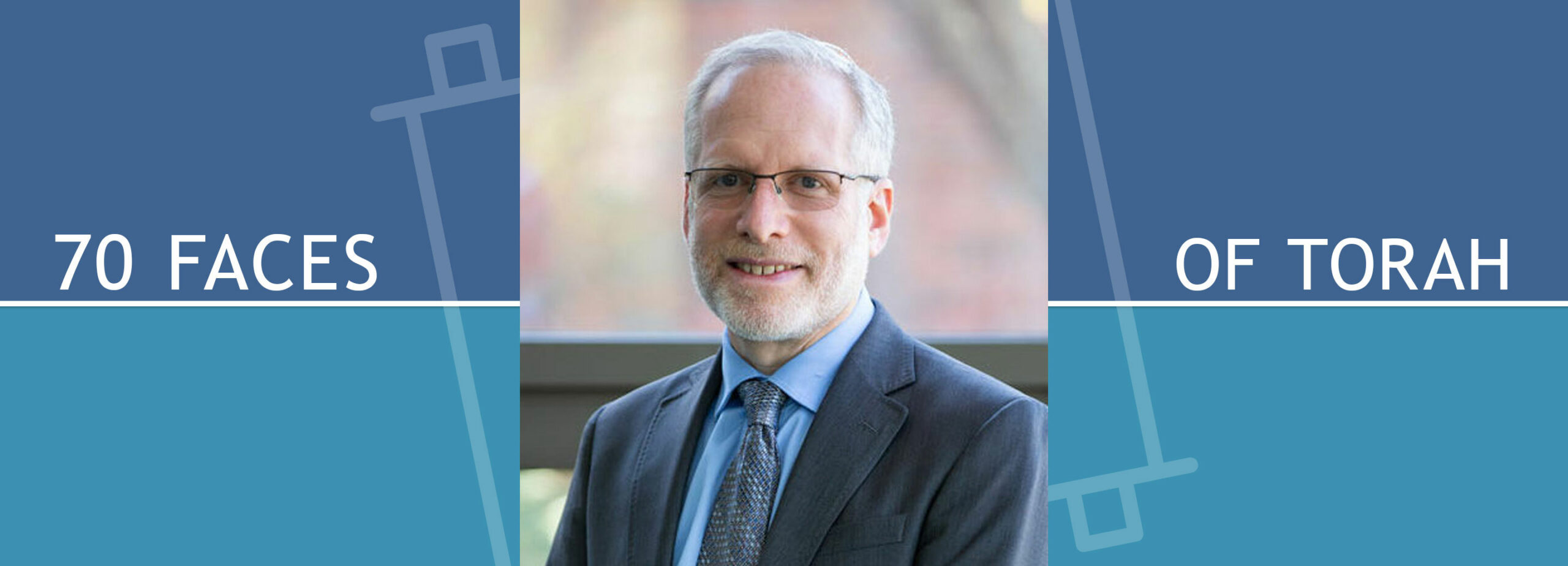Leviticus Finding Humanity Amid Randomness

Parashat Tazria Leviticus 12:1-13:59
Early in my years as a rabbinical student, I applied for an internship as a hospital chaplain. It was in a large, high profile hospital, and the rabbi who directed the program had a national reputation. He conducted the interview while taking me on a brisk tour of the hospital’s various wards. As we were walking quickly, the rabbi turned to me and asked, “So, how do you deal with the dark side of life?”
It was a question that I had been wrestling with in my mid-twenties and I supplied an answer that brought me a measure of clarity and comfort at the time. I said, “Accepting randomness. It helps me to understand that so much suffering is random.”
The rabbi was flabbergasted. He couldn’t believe that such words would come from a rabbinical student. He raised all kinds of objections. I didn’t get the job.
In the intervening years, I have learned to respond to this perennial question by opening up space for heartfelt conversation. In such moments, it’s the conversation and the act of listening that offers me more than any contrived answer.
Nevertheless, I continue to stand by my original conviction: that often, suffering entails having to contend with the inherent randomness that brings it about. And as the biblical books of Job and Ecclesiastes show us, facing the randomness of suffering may usher in deeper understanding and healing.
Our parashah shows us an example of how our spiritual ancestors faced arbitrary suffering through the famously arcane details of tzara’at, the skin condition that isolates a person from the community. Specifically, Chapter 13 of Leviticus opens with the circumstance of an אָדָם (adam)—an adult human being of any gender, age or life circumstance—who experiences this particular form of skin disease. No reason is given, and so we can assume (as do contemporary commentators) that the affliction appears for no reason at all. The afflicted person then approaches the Kohen (priest), in this case Aaron and in future generations another priest, to determine the condition of the affliction, and whether to pronounce the sufferer “tamei,” or unfit to remain in the camp.
At first (or even hundredth!) glance, it is exceedingly difficult to have this matter make sense to our frame of reference. But Jacob Milgrom, one of the great modern interpreters of Leviticus, helps us make sense of it precisely by taking it OUT of our frame of reference. Milgrom notes how the interaction between the afflicted person and the priest is unlike any we would expect. The priest’s diagnosis is neither medical (how do we cure this?) nor moral (why did this happen?).
Rather, Milgrom asserts, the priest’s role is ritual, which means that the most important question here is how to re-incorporate the afflicted person into the web of holiness of the community, the Temple, and God. In Milgrom’s view, when a person in the Torah experienced such a frankly grotesque and isolating affliction, the very nature of its randomness prompted the essential question of how to bring this person back into connection with people, with holders of holiness, and with the Source of all life.
One sees both the quiet acknowledgement of randomness, and the reflexive move to show compassion to those who suffer, in a simple halakhah from our mourning customs. The Mishnah (Middot 2:2) tells that in ancient Jerusalem, when one entered the complex of the Temple Mount, under normal circumstances, they would enter to the right and walk in a counter-clockwise fashion around the perimeter. However, someone who experienced a tragedy would enter to the left, and proceed in a clockwise fashion. In this manner, those in mourning would encounter the majority coming from the opposite direction, who would greet them with a simple but heartfelt statement: May the One who dwells in this house bring you consolation.
In another form, a remnant of this ritual survives in the halakhah to this day. When we enter a house of mourning, we present ourselves before the mourner, remaining silent until they have spoken to us. Once they have spoken, we are not required to bring forth any original insight, share any overarching wisdom or improvise a gesture of comfort. Rather, we are instructed to share the same words that echo both the resignation and love inherent in Temple ritual: “May the Source of all life bring you consolation among the mourners of Zion and Jerusalem.”
Both personally and as a congregational rabbi for twenty-four years, I have found that, when encountering moments of pain, there may be a unique comfort in retreating from easy explanations, turning instead toward silence, either with another or within myself. In the space of that silence, I hope to see another and be seen, feel our common pain and longing, and reach out across the momentary gap. Most often, none of us knows why our isolating afflictions come to be. And like our spiritual ancestors, maybe we too begin the path toward healing and wholeness by admitting how little we actually understand.
Justin David is the Dean of the Rabbinical School. Before coming to Hebrew College, Justin was a congregational rabbi for 24 years, mostly in Northampton, MA. He is the author of Longing: Jewish Meditations on a Hidden God and the recipient of the Human Rights Hero award from T’ruah: The Rabbinic Call for Human Rights.

